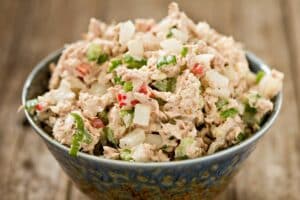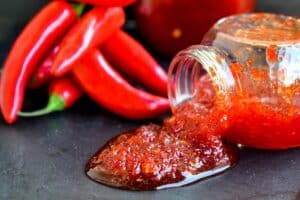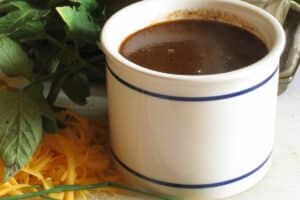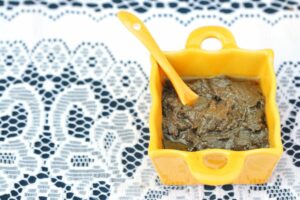Wheat berries are flavorful and nutritious, and they’re a fun way to get a wide range of nutrients into your diet.
They have a delightfully chewy texture and a rich, nutty taste. What makes them a whole-grain powerhouse, though, is that they’re minimally processed.
However, wheat berries may not always be readily accessible. If you’re on the hunt for a substitute with a similar nutritional profile, look no further.
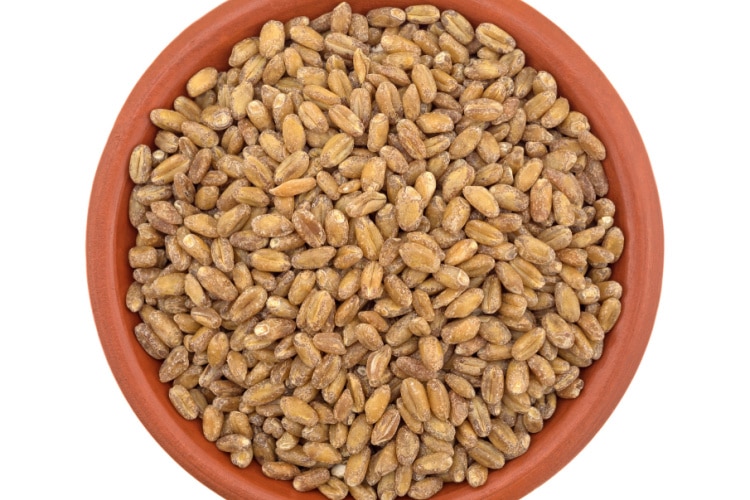
Substitutes for Wheat Berries
Quinoa

The Incas discovered the quinoa grain in Peru. It’s a complete protein, which makes it a great alternative to meat and a great protein-rich alternative to wheat berries.
Quinoa has a bitter coating, so make sure to rinse it before cooking. The amount of water needed to cook quinoa should be one part water and two parts quinoa. Just keep in mind that this ratio might change based on the type of quinoa you buy.
Once cooked, quinoa has a nutty and chewy texture that’s perfect for salads. Just give it time to chill before incorporating it into your salad.
Sorghum
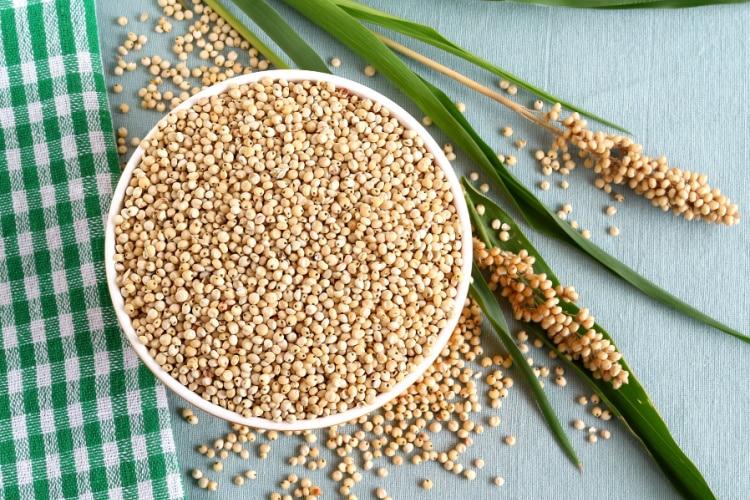
Sorghum is native to Africa. It’s an excellent source of magnesium and a good source of vitamin B6, which is vital for healthy cholesterol levels. It also tastes light and nutty, much like wheat berries.
Ground sorghum is a great substitute for wheat flour[1] in baking. When cooked whole, it’s a yummy alternative to popcorn, and when added to a salad, it has the same flavor as wheat berries — nutty and earthy.
Buckwheat
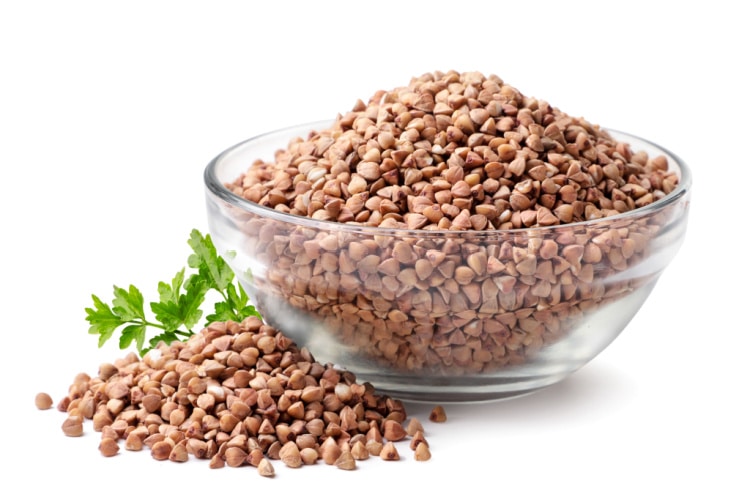
Buckwheat is an Asian fruit seed closely related to rhubarb and sorrel, and many people recognize it by its distinctive triangular form.
Buckwheat is a rich source of antioxidants. It’s one of the most nutritious and multipurpose whole grains.
Although buckwheat is unrelated to wheat, you can substitute it for wheat grains like wheat berries or bulgur (which we’ll get into in a bit) by following equal cooking ratios.
Once cooked, it has a strong, distinctive nutty flavor. When used as flour, buckwheat is great for pancakes or crepes.
Amaranth

Amaranth was discovered more than 8000 years ago by the ancient Aztecs, who relied on this whole grain as one of their staple foods.
Like quinoa, it’s a complete protein, so it’s a great alternative to meat. Amaranth is a tiny seed with a nutty flavor similar to wheat berries. It works well as a substitute for oatmeal and porridge or as a crust for meat and tofu.
Millet

Prior to rice becoming the region’s primary crop, millet was widely utilized across Asia. It’s a rich source of manganese, which contributes to healthy bones.
Millet has a subtle flavor and soaks up the flavors from other ingredients in main dishes. It’s basically the same as rice or couscous — you cook it in water and make a beautiful stir-fry or serve it next to roasted veggies or meat.
Polenta
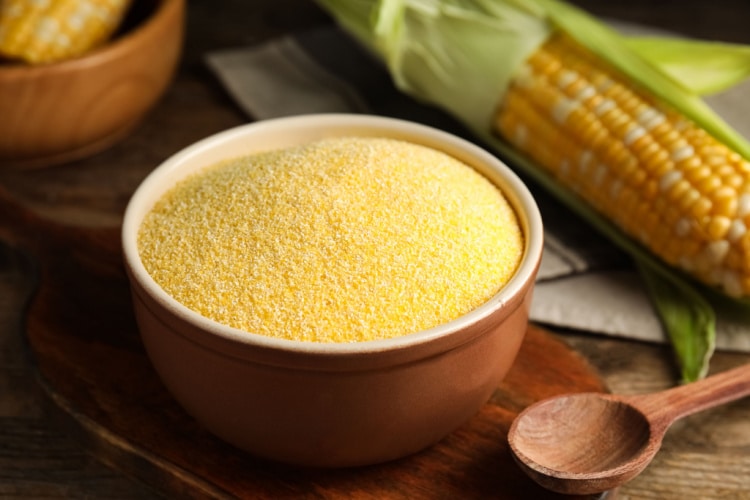
Cornmeal or polenta is derived from ground, dried corn. It’s a great source of magnesium, phosphorus, manganese, selenium, and vitamins B2 and B3.
It’s yellow in color and has a mild taste of corn. Because it tastes so mild, it easily absorbs various flavors when cooked.
All in all, polenta is a super versatile dish. Cooked cornmeal works as a replacement for wheat berries, pasta, rice, or potatoes, while uncooked cornmeal is a great alternative to flour in baking.
If you’re looking for a wheat berry alternative that’s similar in texture, we advise using stone-ground cornmeal. To bring out the corn taste and fluffy texture, be sure to soak it in water overnight. It requires a bit more planning and effort, but it’s worthwhile.
Teff
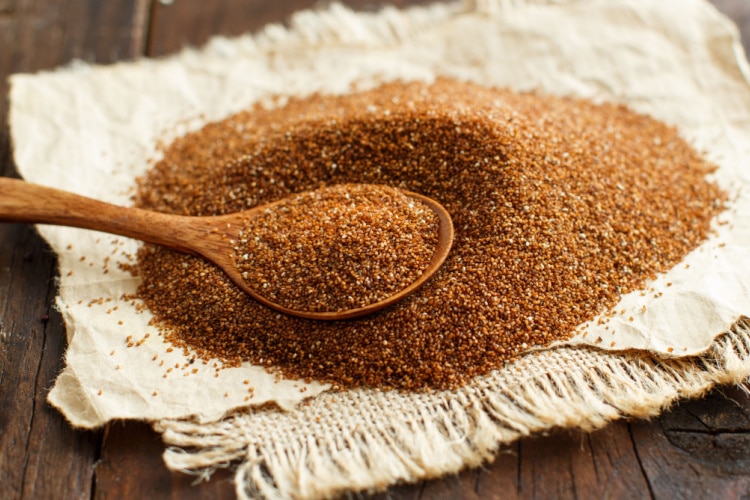
Teff is mostly found in Ethiopia and Eritrea and can grow in arid conditions, including waterlogged soil.
Rich in calcium, iron, and protein, it offers 100% of the daily recommended intake of manganese — one of the most important nutrients for healthy bones.
You can cook teff in boiling water or add it uncooked to soups, salads, and baked goods for a bit of crunch.
Barley

Barley originated in Ethiopia and Southeast Asia over 100,000 years ago. The most common type is pearl barley, which has been stripped of its outer husk and bran layers.
Barley will give you a great boost of vitamin B1, which is fantastic for a healthy metabolism. It also lowers cholesterol levels and helps with weight control.
Both barley and wheat berries have a comparable, mild flavor. That being said, barley is mostly used for adding bulk to soups and stews, like beef stew for example. You can also use it as a salad topper or as a side dish with steak or another type of protein.
Farro
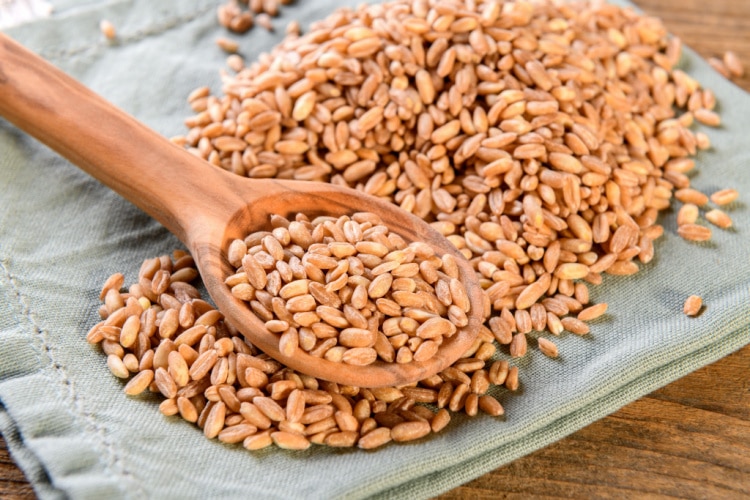
Farro is the Italian name for emmer wheat, which is hard wheat from western Asia. It’s an excellent source of vitamin B3.
Similar in texture to pearl barley, farro is popular in Italy for its distinctive nutty roasted flavor and chewy texture.
Farro is a fantastic option for people who’d like to change things up and experiment with their cooking since its nutty flavor gives meals extra nuance. It’s used in soups, risottos, salads — you name it.
Spelt
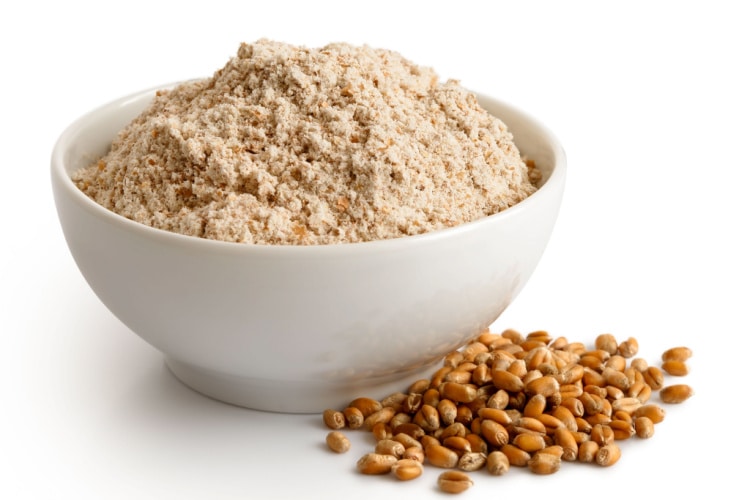
Spelt originated in Iran and parts of southern Europe. It’s a relative of wheat and one of the oldest grains in the world.
A portion of spelt provides 50% of your daily recommended intake of manganese — a nutrient good for strong, healthy bones.
When it comes to taste, spelt has a characteristic nutty, grassy flavor. It works well in risotto recipes or as a substitute for oatmeal or porridge.
Freekeh
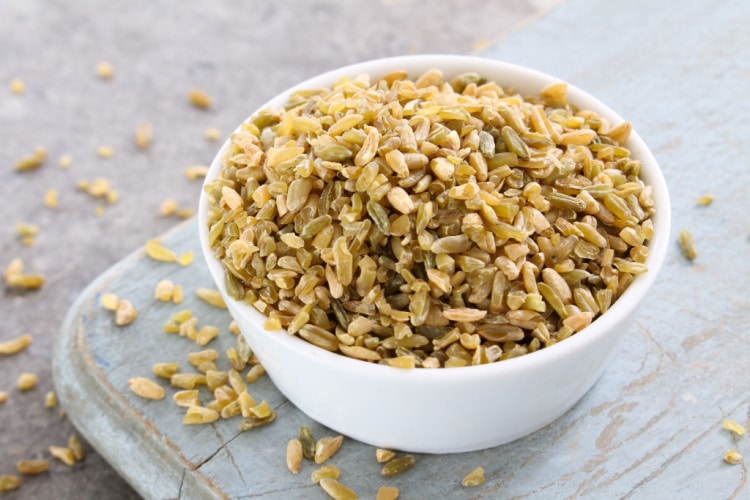
Freekeh is a Middle Eastern grain. In fact, it’s wheat that’s harvested while it’s still green, and the kernels are then roasted and dried.
Freekeh is an excellent source of iron and copper. Consuming it will make you feel full longer, and it has a low glycemic index, which contributes to maintaining a healthy weight.
Its flavor is slightly smoky, but it also has a nutty texture and is super versatile. When cooked, the texture is comparable to wheat berries, making it an excellent substitute.
Use the same proportions when replacing wheat berries with freekeh. You can use it in salads, soups, stews, or pilaf.
Bulgur Wheat
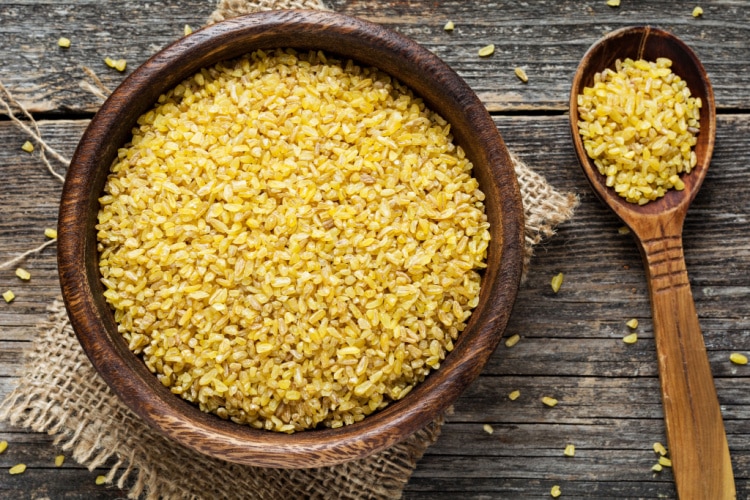
Bulgur is a wheat variety that has been parboiled, dried, and then cracked. It’s popular in Middle Eastern and Mediterranean cuisines.
Much like spelt, a portion of bulgur wheat contains 50% of your daily recommended intake of manganese.
Wheat berries are frequently mistaken for bulgur. Although they are occasionally used interchangeably, they differ somewhat. Bulgur is a type of cracked wheat berry, but unlike wheat berries, it’s parboiled before packaging.
Because it’s already partly cooked, it’s incredibly quick to prepare. Bulgur wheat is perfect for whipping up a quick salad or Tabbouleh.
Kamut
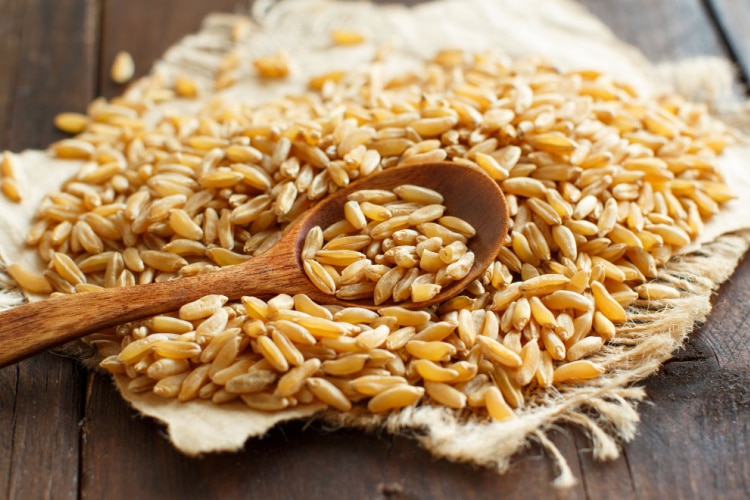
Kamut is a trademark name for a type of Khorasan grain, and it’s believed to originate in ancient Egypt.
A one-cup portion of Kamut provides around 20% of your recommended daily intake of dietary fiber.
This brown grain with a long shape is similar to basmati rice and can be used in much the same way.
Kamut grains are identical to wheat berries in taste and feel, but they are almost twice as large.
Kamut has a slightly sweet, buttery taste, which lends itself well to salads and stews.
Substitutes for Wheat Berries: Nutritional Profile
| ¼ cup of: | Gluten | Calories | Total Fat | Sat. Fat | Sodium | Carbs | Fiber | Protein |
| Quinoa | No | 159 | 2.5g | 0.25g | 9g | 29g | 2.5g | 5.5g |
| Sorghum | No | 163 | 1.5g | 0.25g | 3g | 33.7g | 3g | 5.5g |
| Buckwheat | Yes | 146 | 1.5g | 0.25g | 0.5g | 30.5g | 3g | 4g |
| Amaranth | No | 182 | 3.25g | 0.75g | 10.25g | 32.2g | 4.5g | 7g |
| Millet | No | 189 | 2g | 0.25g | 2.5g | 36.5g | 4.2g | 5.5g |
| Polenta | No | 199 | 0.9g | 0.1g | 0.2g | 42.1g | 4g | 4.6g |
| Teff | No | 160 | 1g | 0g | 10g | 33g | 6g | 6g |
| Barley | Yes | 163 | 1g | 0.25g | 5.5g | 33.7g | 8g | 5.75g |
| Farro | Yes | 200 | 1.5g | 0g | 0g | 37g | 7g | 7g |
| Spelt | Yes | 140 | 1g | 0.25g | 0g | 31g | 3g | 6g |
| Freekeh | Yes | 151 | 0.4g | 0.1g | 2.2g | 33.8g | 8.3g | 5.6g |
| Bulgur wheat | Yes | 38 | 0.11g | 0g | 0g | 8.45g | 2g | 1.4g |
| Kamut | Yes | 160 | 1g | 0g | 0g | 32g | 4g | 7g |
Conclusion
There are several replacements that may effectively recreate the toasty, nutty aromas that wheat berries add to dishes, which is fantastic news for whole grain fans.
The next time you can’t get your hands on wheat berries, try barley, spelt, teff, millet, or any other replacement from our list.
What’s more, you may appreciate the substitutions even more than wheat berries, so we encourage you to experiment!
Link to sorghum flour substitute when live.


